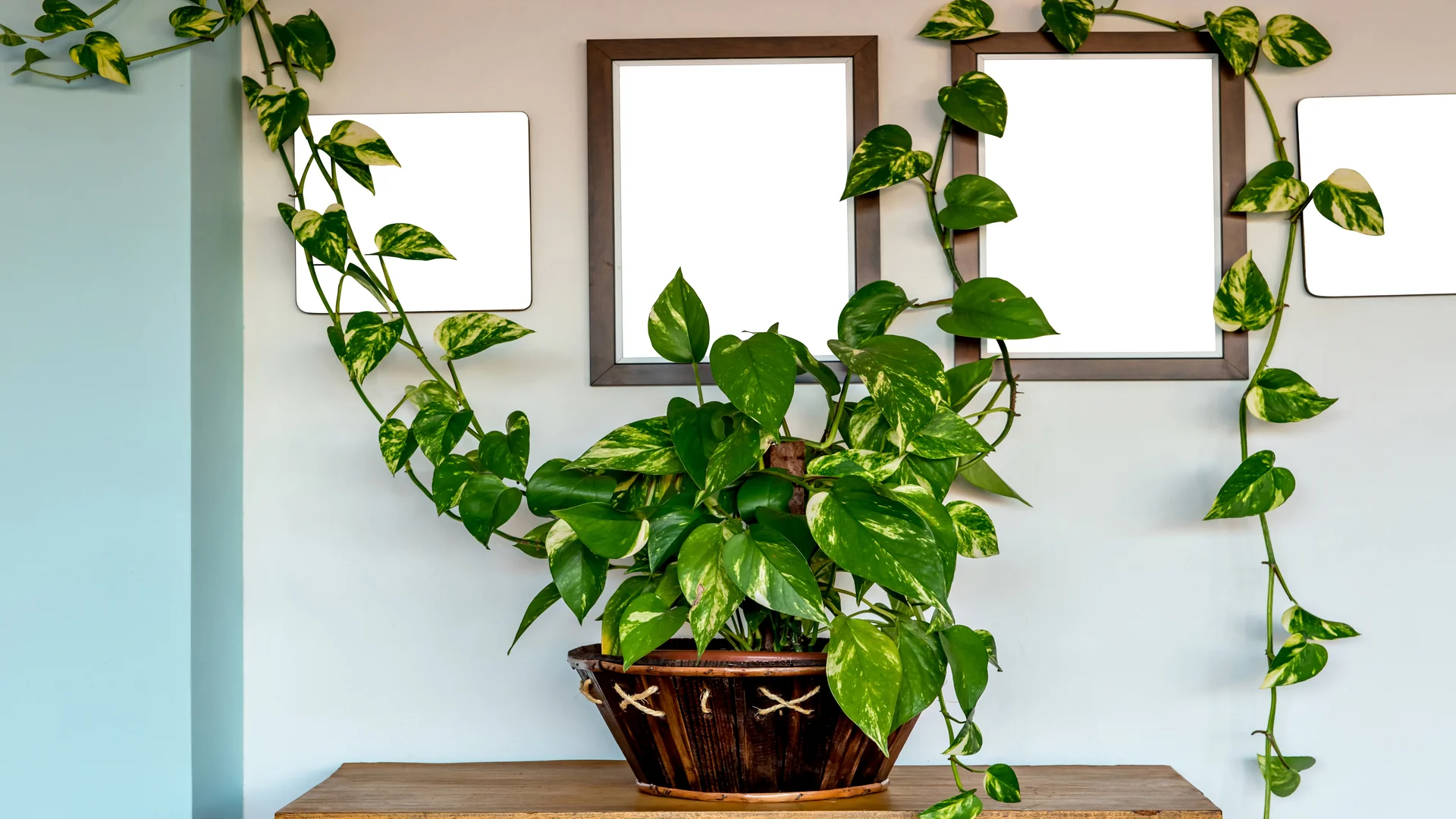Common Gardening Mistakes & How to Avoid Them


Gardening is a rewarding hobby that connects us to nature, promotes mindfulness, and can even fill our plates with fresh produce. Gardening is more than just planting seeds and watching them grow- it’s an art, a science, and for many, a peaceful escape. Gardening is a therapeutic hobby, but even the most enthusiastic green thumbs can fall into some common traps. The good news? Most common gardening errors are completely avoidable with a little knowledge and planning. Understanding the needs of your plants, the environment they grow in, and a few fundamental principles can make all the difference between a struggling garden and a flourishing one. In this post, we will take a look at the most frequent gardening mistakes people make- and more importantly, how to avoid them- so you can create a space that’s not only beautiful but also healthy and sustainable.
1. Overwatering or Underwatering
The Mistake: Many beginner gardeners believe more water equals happier plants. And others forget to water consistently.
How to Avoid It:
a) Know your plant’s water needs- some thrive in moist soil while others prefer it dry.
b) Consider using a drip irrigation system or self-watering planters for consistency.
c) Stick your finger an inch into the soil: if its dry, its time to water.
2. Poor Soil Quality
The Mistake: Planting in soil that’s too sandy, too clay-heavy, or lacking nutrients can lead to poor plant health.
How to Avoid It:
a) Test your soil with a simple home testing kit.
b) Use raised beds or container soil if your ground soil is unsuitable.
c) Amend with compost, organic matter, or store-bought soil conditioners as needed.
3. Planting in the Wrong Location
The Mistake: Ignoring the sunlight requirements of your plants can lead to stunted growth or burnt leaves.
How to Avoid It:
a) Observe how much sun different parts of your garden get throughout the day.
b) Adjust placement accordingly or choose plants suited for the available light.
c) Read seed packets or plant labels for sunlight needs.
4. Planting Too Close Together
The Mistake: Crowding plants can restrict air circulation and root development, inviting disease and pests.
How to Avoid It:
a) Follow spacing guidelines on seed packets or plant tags.
b) Leave room for plants to mature to their full size.
c) Thin out seedlings early to prevent overcrowding.
5. Skipping Pest and Disease Monitoring
The Mistake: Waiting until there’s visible damage to deal with pests or disease.
How to Avoid It:
a) Inspect plants regularly for signs of pests or disease (yellowing, spots, holes).
b) Encourage beneficial insects like lacewings and ladybugs.
c) Use organic pest control methods like neem oil or insecticidal soap.
6. Forgetting to Feed Your Plants
The Mistake: assuming soil alone provides all necessary nutrients.
How to Avoid It:
a) Choose slow-release fertilizers for less maintenance.
b) Use organic fertilizers or compost tea regularly during the growing season.
c) Avoid over-fertilizing, which can harm plants and soil microbes.
7. Ignoring Local Climate and Season
The Mistake: Planting the wrong crops at the wrong time leads to poor yields or plant failure.
How to Avoid It:
a) Know your USDA hardiness zone or local growing zone.
b) Choose native or climate-adapted plants for best success.
c) Use a planting calendar specific to your region.
8. Being Impatient
The Mistake: Expecting instant results can lead to frustration and giving up too soon.
How to Avoid It:
a) Remember, gardening is a long game- many plants take weeks or months to show results.
b) Keep a garden journal to track progress and learn from each season.
c) Enjoy the process, not just the outcome.

Final Thought
Gardening is a journey filled with learning, patience, and growth- not just for your plants, but for you as well. Mistakes are a natural part of the process, but being aware of the most common ones can save you time, effort, and frustration. By understanding your garden’s specific needs, staying observant, and applying a few tried-and-true techniques, you can avoid setbacks and enjoy a thriving beautiful space. So, don’t be discouraged if things don’t go perfectly at first. With each season, your knowledge will grow- just like your garden.
Get This Gardening Tool Kit, Check Out Below Link:




Ndewo, achọrọ m ịmara ọnụahịa gị.
Агрегатор.топ – единый агрегатор для контрактов, финансов и страхования.
Агрегатор контрактов – подряды, товары и услуги в одном месте.
Агрегатор финансов – банковские гарантии, лизинг, страхование от 80+ банков и 20+ лизинговых и страховых компаний.
Одна заявка – множество предложений. Экономьте время и деньги.
Сайт
https://aggregator.top
visit the official website online: https://www.elboomeran.com
lucky jet 1win app download [url=https://www.1win40011.ru]https://www.1win40011.ru[/url]
Блог медицинской тематики с актуальными статьями о здоровье, правильном питании. Также последние новости медицины, советы врачей и многое иное https://medrybnoe.ru/
лечение запоя
vivod-iz-zapoya-minsk005.ru
вывод из запоя
ремонт швейных машин haier цена на ремонт швейных машин
1с личный кабинет войти облако 1с облако личный кабинет
подключить домашний интернет омск
volgograd-domashnij-internet004.ru
тарифы интернет и телевидение омск
лечение запоя минск
vivod-iz-zapoya-minsk006.ru
вывод из запоя цена
кашпо автополив [url=www.kashpo-s-avtopolivom-kazan.ru]кашпо автополив[/url] .
5 iu hgh per day results
References:
how long to take hgh for Bodybuilding
¡Hola amigo!
Casino en lГnea confiable ofrece seguridad. [url=https://1win25.shop/]juego casino real[/url] Plataforma segura protege informaciГіn personal.
Lee este enlace – https://1win25.shop
Casino online dinero real MГ©xico
Juego casino real
Casino en lГnea confiable
¡Buena suerte!
аттестаты за 11 класс купить [url=https://arus-diplom25.ru/]аттестаты за 11 класс купить[/url] .
?Que tal!
[url=https://25win25.shop]juegos de casino con dinero real chile[/url]
Lee este enlace – https://25win25.shop/
Casino real online Chile
Juego de casino con dinero real Chile
Tu casino en casa Chile
?Buena suerte!
Лучший досуг в Новосибирске с девушками предполагает участие в локальных мероприятиях посещение концертов и фестивалей совместные мастер классы прогулки по историческим местам пикники на природе и дружеские встречи в атмосферных кафе https://t.me/prostitutki_novosibirsk_indi
https://t.me/s/Official_1win_official_1win/203
купить диплом москва легально [url=http://arus-diplom32.ru/]http://arus-diplom32.ru/[/url] .
https://huntdown.info/kak-udobnee-dobratsya-iz-aeroporta-pragi-v-karlovy-vary/
new york package delivery package delivery new york
mostbet casino скачать [url=https://mostbet11068.ru]mostbet casino скачать[/url]
Лучший досуг в Новосибирске с девушками можно строить вокруг впечатлений посещать концерты и спектакли устраивать пикники и велопрогулки участвовать в творческих мастер классах и вместе исследовать новые кафе бары и интересные места города – https://t.me/prostitutki_novosibirsk_indi